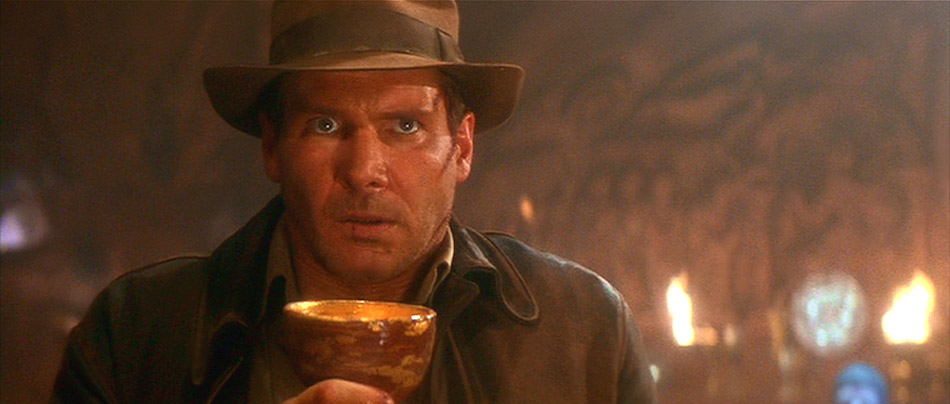
News that Google is continuously tracking people’s whereabouts has agency executives salivating. While its beta tracking program is currently limited to connecting Google mobile search to store visits, it represents a meaningful step toward Google achieving “the holy grail of advertising,” according to one exec who has been briefed by Google.
That holy grail involves connecting user location data to all of the other information users provide to Google through its suite of desktop and mobile products. Agency executives see this as an opportunity to track consumers along every point of the purchase funnel: from initial intent (a Google search for “shoes” on a desktop, for instance) to final purchase (using smartphone location data to track that person’s subsequent visit to a shoe store).
Ray Velez, cto at digital agency Razorfish, said this was potentially transformative for “attribution analysis” — by tracking people’s Internet (and real world) activity across devices and services, Google will be able to prove that an ad seen on one of its many channels led to a purchase elsewhere. The better Google can show its ads are effective, the more alluring the company is to advertisers.
Google, which declined a request for comment, mentioned measuring “cross-device conversions” in an Oct. 1 blog post.
Sean McDonald, vp and group director of SEO at DigitasLBi, illustrated the significance of the program with the following scenario: A consumer searches Google for “sunglasses” on his desktop and clicks on a paid search ad for a sunglasses chain (thus exhibiting an intent to buy). That same person then searches that chain on his Google Maps mobile app, again signaling purchase intent, and is able to see where the closest location is. When inside the store, he opens up his Gmail app — which has location sharing on, telling Google that he visited that offline shop.
Aside from the obvious privacy concerns, many stars have to align for that chain of events to transpire. The user has to be willing to click on a Google ad, has to want to take the trouble of finding a store, has to opt-in to location services on his Gmail app and then open his Gmail while in the shop.
But McDonald — who was not briefed on the offline program currently being beta-tested — added that Google’s tracking ability would be even more significant if Google Wallet were ever to reach a critical mass. And if Google were able to tie users’ itemized store purchases back to which pre-roll ads they saw while watching YouTube, then it’d have an incredibly compelling proposition to marketers.
“If there was some way to have a universal Google analytics tag and you’re able to create that holistic view via a mobile app and desktop experience, you’ll be able to drive more relevant advertising,” Razorfish’s Velez said.
Google is attempting to create this holistic web experience for users (and advertisers) by trying to get people to sign in to its various desktop services. Google’s Chrome web browser and its Google Maps desktop site work better if a user is signed in with his or her Gmail account, for instance. In September, Google made signing up for a Google+ account a prerequisite to leaving comments on YouTube.
For its mobile apps, Google is not only asking users to sign in with their Gmail accounts, it’s asking them to constantly share their location with Google. The intended effect of this dual-pronged strategy is to envelope web users in a cohesive Google ecosystem, and, in turn, increase the value of its ad products.
“Once you start tracking people on mobile, we can have one plan for all the channels we use,” Michael Collins, CEO of mobile ad targeting company Adelphic, said. “If I’m able to build up a behavioral database based on where that user has been, it makes the media more valuable.”
More in Media

Publishers are hunting for AI prompt data — now they’re starting to get it from third-party companies
Publishers are finally gaining some visibility into AI search, as new prompt data tools crack open a black box.

Digiday+ Research: Publishers’ growing focus on video doesn’t translate to social platforms
Major publishers have made recent investments in vertical video, but that shift is not carrying over to social media platforms.

Technology x humanity: A conversation with Dayforce’s Amy Capellanti-Wolf
Capellanti-Wolf shared insight on everything from navigating AI adoption and combating burnout to rethinking talent strategies.





